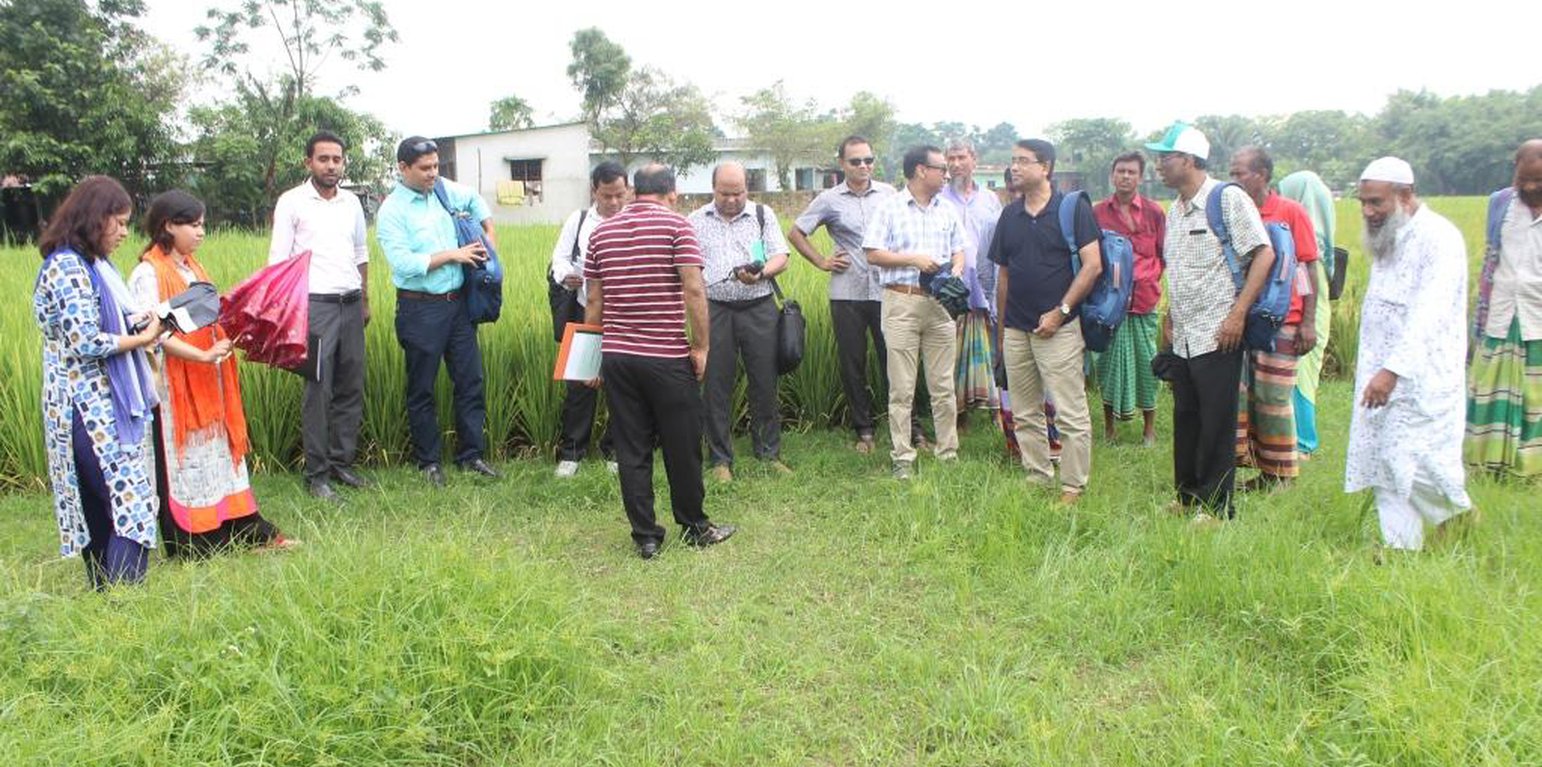



Land degradation is one of the major concern of the globe. Land degradation means loss in the capacity of a given land to support growth of useful plants on a sustained basis (Singh,1994). It results from many factors or/and combination of factors which damage the soil, water and vegetation resources and restrict their use or production capacity. Considering its impact on food security and environment, it is being important in many corners of the world. The productivity of some lands has declined by 50% due to soil erosion, fertility decline and desertification of the world. Like other countries, Bangladesh is not exception in facing threat of land degradation. Due to different types of land degradation, Bangladesh lost a substantial amount of production which in terms of hundreds of billion taka in every year (BARC, 1999). It is high time to be conscious to minimize the land degradation in Bangladesh, a small country with 1, 47,570 sq. km and about 140 million people. The ever-increasing growth rates (1.48%) caused a spurt in all round consumption level. To meet up the demand of the present and forthcoming generation it is essential to sustain soil fertility and increase crop productivity.
Considering the presentation land degradation scenario of Bangladesh, the farmers of Manikgong have adopted the SLM technology named ' balanced fertiliser use to minimise land degradation as well as increase crop productivity'. The technology has been approached by DAE personnel under "Farmers' advisory services program" in Manikgong district of Bangladesh. The balanced fertiliser recommendation has been made according to the suggestion of soil resource development institute. The SLM specialists have compiled database regarding the technology from Dhalla union of Singair upazila under Manikgong district. The technology included applying different types of fertiliser like compost, Urea( Nitrogen), TSP
( phosphorus), MOP( potassium), Zypsum( sulphur), Zinc Sulphate( zinc+ sulphur) etc. Compost, Urea, TSP, MOP, Zypsum and Zinc Sulphate are applied at the rate of 5 ton, 265kg/ha, 90kg/ha, 145 kg/ha, 100 kg/ha and 8.5 kg respectively. The main purpose of the technology was to improve soil nutrient status by using balanced fertiliser along with organic farming. The technology provides multidimensional advantages for the stakeholders. It prevents nutrient mining decline, improves soil physical ,chemical and biological conditions,increase water holding capacity of the soil, increase crop productivity and improve socio-economic conditions of the land users. Overall, it conserves soil health. The farmers community have accepted the well established methods of balanced fertiliser use. Because they are absolutely benefitted by this technology, crop yield has increased manifolds, soil fertility increrased, land cover also increased. As the farm income has increased, the socio-economic condition of the land user has changed dramatically and in the long run it wIll mitigate the climate change impacts by reducing land degradation problem throughout the country.
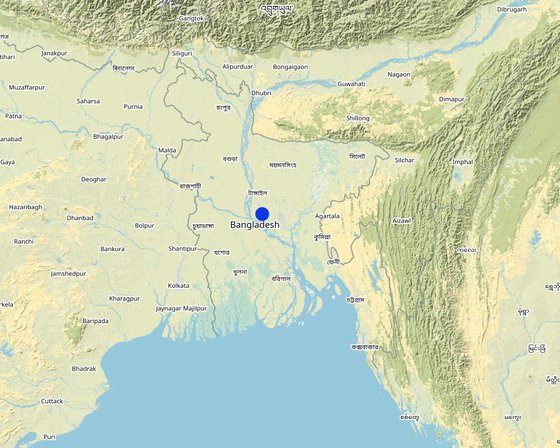
Байршил: Its a region, Manikgong, Бангладеш
Дүн шинжилгээнд хамрагдсан технологи нэвтрүүлсэн газрын тоо: 10-100 байршилд
Технологийн тархалт: газар дээр жигд тархсан (100.0 km²)
Тусгай хамгаалалттай газар нутагт?: Үгүй
Хэрэгжилтийн огноо: 1900; <10 жилийн өмнө (саяхны)
Нутагшууллын төрөл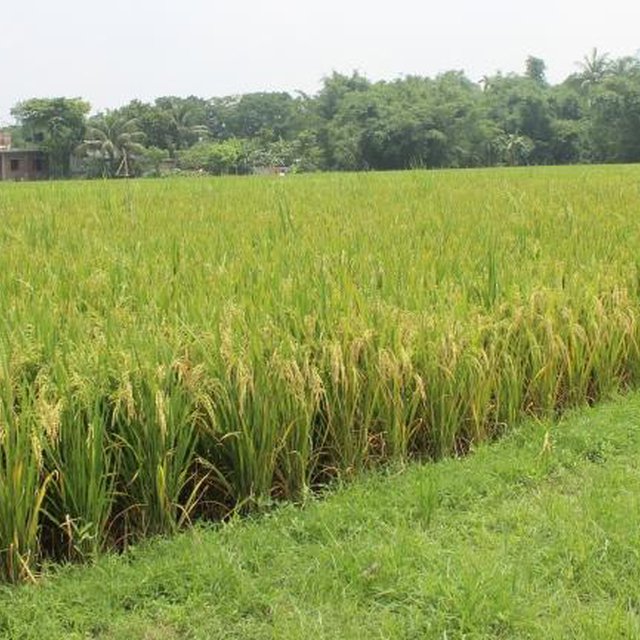
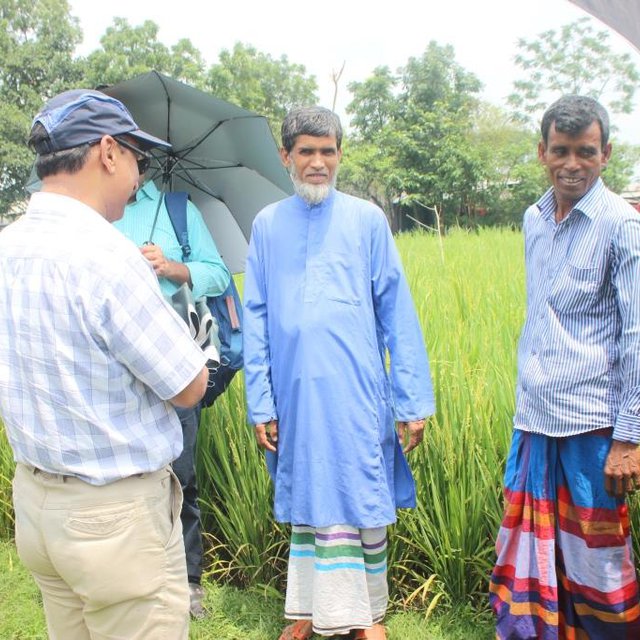



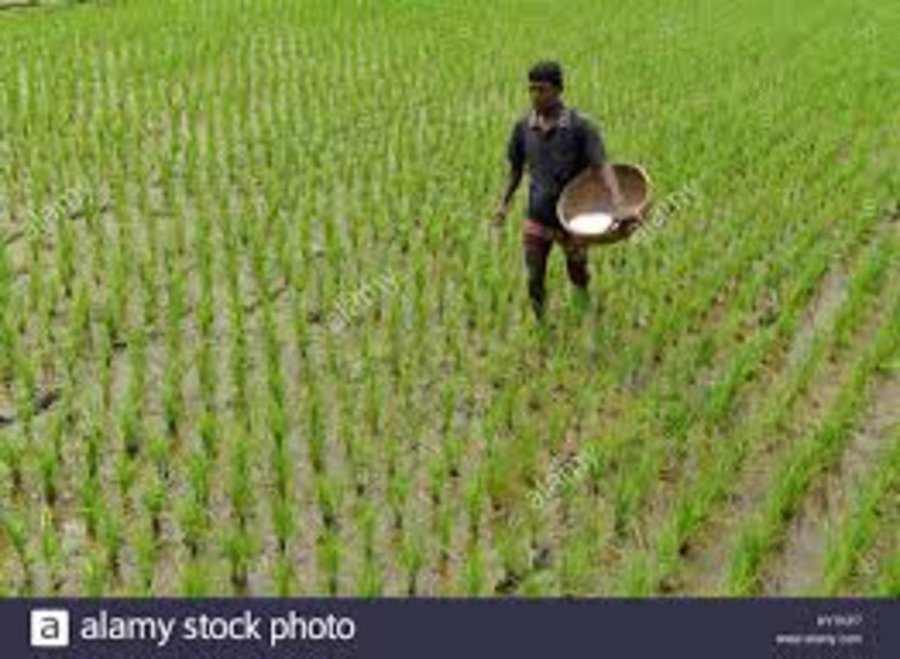
| Зардлын нэр, төрөл | Хэмжих нэгж | Тоо хэмжээ | Нэгжийн үнэ (тодорхойгүй) | Зардал бүрийн нийт өртөг (тодорхойгүй) | Нийт дүнгээс газар ашиглагчийн төлсөн % |
| Хөдөлмөр эрхлэлт | |||||
| land preparation | person per day | 5.0 | 500.0 | 2500.0 | 100.0 |
| seed bed preparation | persons-per day | 2.0 | 500.0 | 1000.0 | 100.0 |
| rice transplanting | persons-per day | 10.0 | 500.0 | 5000.0 | 100.0 |
| fertiliser application | persons-per day | 3.0 | 500.0 | 1500.0 | 100.0 |
| Тоног төхөөрөмж | |||||
| weeding | persons-per day | 4.0 | 500.0 | 2000.0 | 100.0 |
| pesticide application | persons-per day | 2.0 | 500.0 | 1000.0 | 100.0 |
| harvesting, winnowing, drying | persons-per day | 5.0 | 500.0 | 2500.0 | 100.0 |
| таримал материал | |||||
| urea | kg/ha | 70.0 | 16.0 | 1120.0 | 100.0 |
| Бордоо ба биоцид | |||||
| compost | Kg/ha | 160.0 | 5.0 | 800.0 | 100.0 |
| TSP | Kg/ha | 70.0 | 22.0 | 1540.0 | 100.0 |
| MOP | Kg/ha | 100.0 | 30.0 | 3000.0 | 100.0 |
| Zypsum | Kg/ha | 70.0 | 15.0 | 1050.0 | 100.0 |
| Zinc sulphate | Kg/ha | 8.5 | 150.0 | 1275.0 | 100.0 |
| pesticides | tk/ha | 2.0 | 200.0 | 400.0 | 100.0 |
| Технологи бий болгох нийт үнэ өртөг | 24'685.0 | ||||
| Технологи бий болгох нийт үнэ өртөг, ам.доллар | 297.41 | ||||
| Зардлын нэр, төрөл | Хэмжих нэгж | Тоо хэмжээ | Нэгжийн үнэ (тодорхойгүй) | Зардал бүрийн нийт өртөг (тодорхойгүй) | Нийт дүнгээс газар ашиглагчийн төлсөн % |
| Хөдөлмөр эрхлэлт | |||||
| weeding | person -per day | 3.0 | 500.0 | 1500.0 | 100.0 |
| Broadcasting nitrogen fertiliser | person -per day | 3.0 | 500.0 | 1500.0 | 100.0 |
| irrigation | person -per day | 2.0 | 500.0 | 1000.0 | 100.0 |
| pesticide application | persons per day | 2.0 | 500.0 | 1000.0 | 100.0 |
| Бордоо ба биоцид | |||||
| Urea broadcasting | KG/HA | 140.0 | 16.0 | 2240.0 | 100.0 |
| Бусад | |||||
| Watering | litre/hectare | 3000.0 | 3.0 | 9000.0 | 100.0 |
| pesticide | kg/ha | 3.0 | 200.0 | 600.0 | 100.0 |
| Технологийн арчилгаа/урсгал үйл ажиллагаанд шаардагдах нийт үнэ өртөг | 16'840.0 | ||||
| Технологи арчилах ба урсгал ажлын нийт үнэ өртөг, ам.доллар | 202.89 | ||||